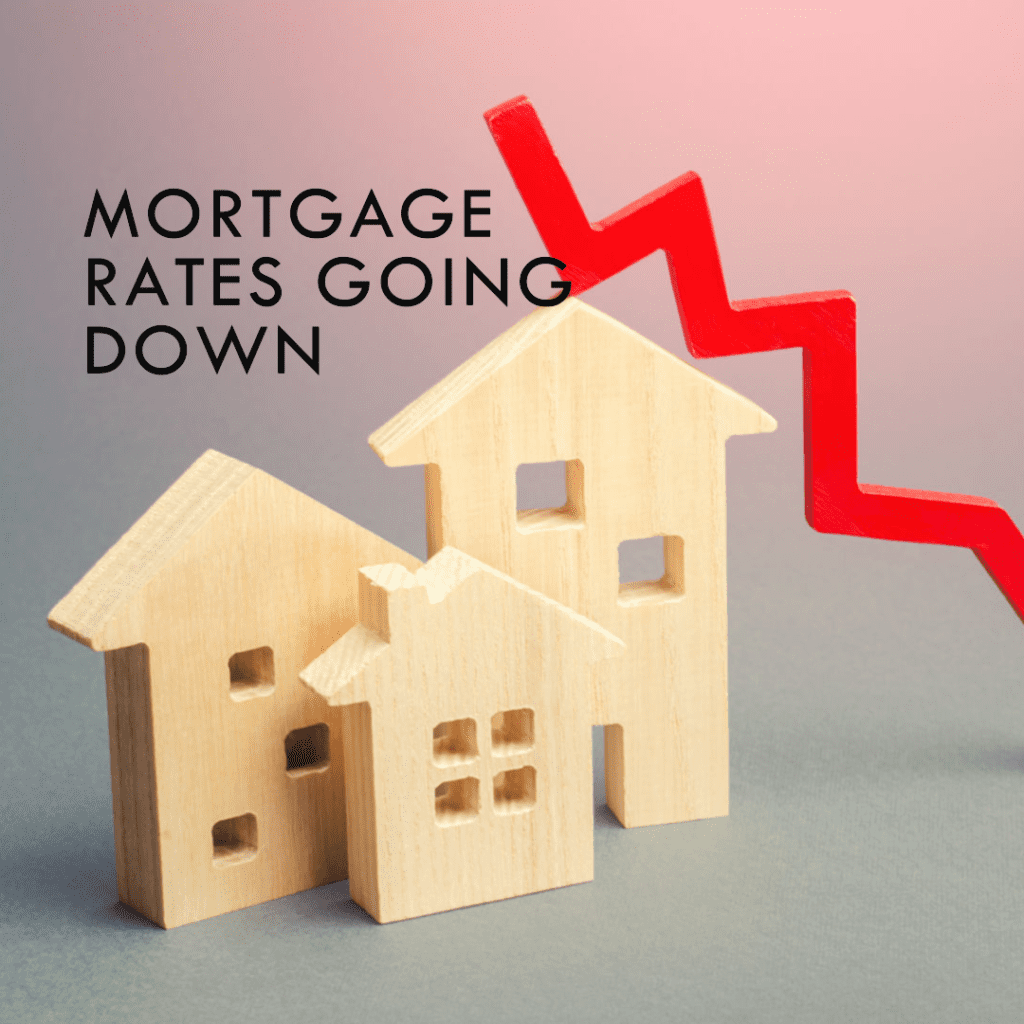Mortgage Rates Lowest in 5 Weeks at 6.35%

Story By Alex Veiga and Melissa Winder
The average long-term mortgage rate in the United States decreased this week to its lowest level in five weeks, which is good news for homebuyers trying to gain an advantage in a housing market hampered by a nearly historic low supply of available properties.
Mortgage buyer Freddie Mac reported on Thursday that the benchmark 30-year mortgage’s average rate dropped from 6.39% the previous week to 6.35%. A year ago, the average rate was 5.30%.
Since peaking for the year at 6.73% in early March, the average benchmark rate has now decreased seven out of the past nine weeks.
Sam Khater, chief economist at Freddie Mac, said that this week’s decline in mortgage rates “continues a recent sideways trend in mortgage rates, which is a welcome departure from the record increases of last year.” “Although inflation is still high, its growth rate has slowed and is predicted to slow down during the course of 2023. This should be encouraging for the long-term trajectory of mortgage rates.
On top of already expensive home prices, high rates can cost prospective homebuyers hundreds of dollars every month. The increased rates and a chronically low supply of available properties have hurt U.S. home sales during this spring’s housing market.
In the 12 months that ended in March, sales of previously inhabited U.S. homes declined 22%, marking eight consecutive months of annual sales reductions of 20% or more.
According to Bob Broeksmit, CEO of the Mortgage Bankers Association, “the decline in mortgage rates is good news for potential homebuyers, but housing supply is still too low in many parts of the country.” Because of the economy’s unpredictability and some sellers’ reluctance to give up their low-rate mortgage, housing building has halted.
The Federal Reserve increased its key borrowing rate over the past year in an effort to curb persistent, four-decade high inflation, which has discouraged many would-be homebuyers.
Consumer prices, a crucial indicator of inflation, increased 4.9% in the year that ended in April, the government said this week. Despite being much lower than its June peak of 9.1%, this is still significantly more than the Fed’s goal range.
In just 14 months, the Fed hiked its benchmark interest rate ten times. Although a pause would probably only marginally lower mortgage rates, the central bank indicated at its meeting of officials last week that it could eventually halt its year-long campaign of rate hikes.
The yield on 10-year Treasury notes, which lenders use as a benchmark for house loan pricing, is affected by changes in the Fed’s short-term lending rate, though not immediately. That’s because falling bond prices lead to rising bond yields when interest rates rise. Mortgage rates are also influenced by investors’ forecasts for future inflation and the global demand for US Treasury securities.
This week, the average rate on 15-year fixed-rate mortgages–a popular option for home refinancing–fell to 5.75% from 5.76% the previous week.
This article originally appeared onFlorida Realtor Magazine Mortgage Rates Lowest in 5 Weeks at 6.35%
